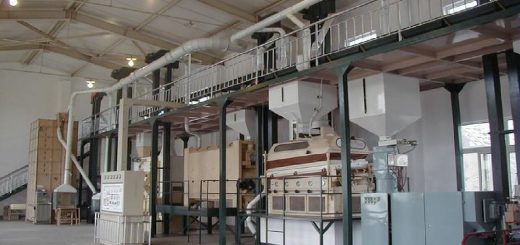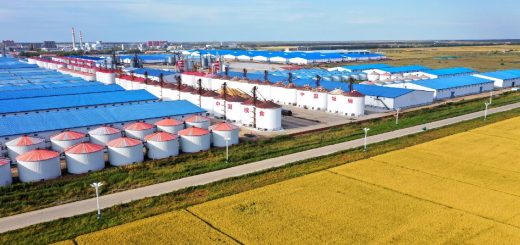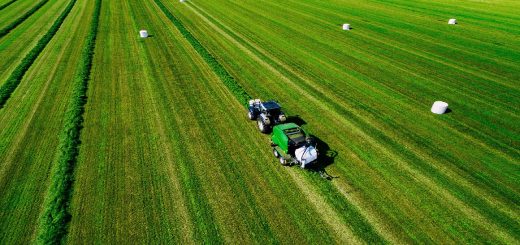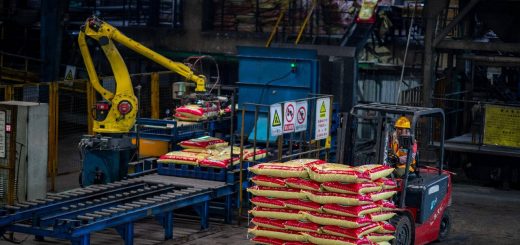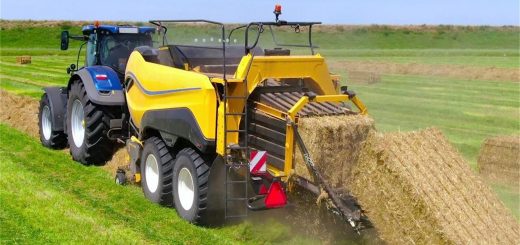Planting & Fertilizing Machines: Revolutionizing Modern Agriculture with Efficiency and Precision
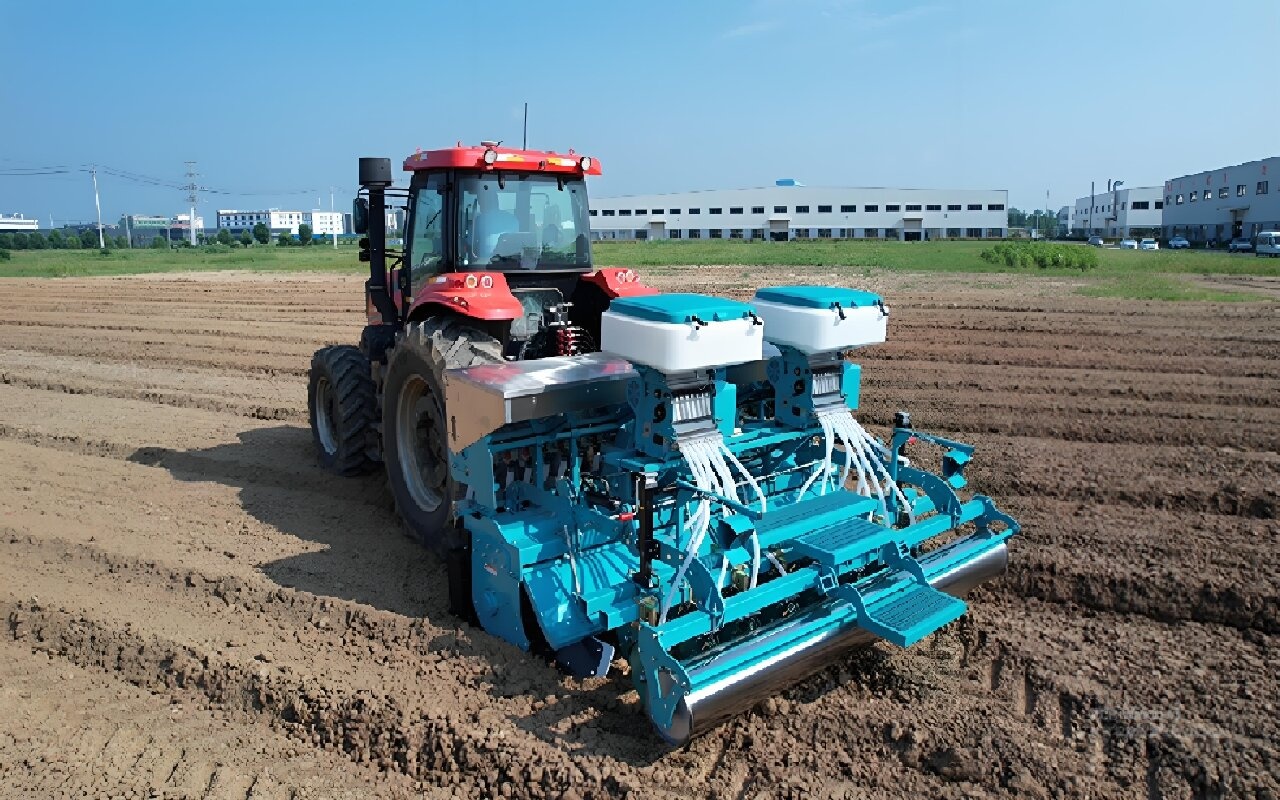
Planting and fertilizing machines are advanced agricultural tools designed to automate the process of sowing seeds and applying fertilizers. These machines have transformed traditional farming practices by increasing efficiency, reducing labor costs, and ensuring precise application of seeds and nutrients. In this article, we will explore what planting and fertilizing machines are, their types, functions, benefits, and how they differ from traditional methods.
What is a Planting & Fertilizing Machine?
A planting and fertilizing machine is a piece of agricultural equipment used to plant seeds and apply fertilizers simultaneously or separately. These machines are designed to automate the process of sowing seeds at the correct depth and spacing, while also distributing fertilizers evenly to promote healthy crop growth. They are widely used in modern farming to improve productivity and reduce manual labor.
Types of Planting & Fertilizing Machines
- Seed Drills: Seed drills are machines that plant seeds in rows at a consistent depth and spacing. They often come with attachments for applying fertilizers, making them a versatile tool for planting and fertilizing in one operation.
- Broadcast Spreaders: Broadcast spreaders are used to distribute seeds and fertilizers over a large area. They are ideal for crops that do not require precise row planting, such as grasses or cover crops.
- Precision Planters: Precision planters are advanced machines that ensure accurate seed placement and fertilizer application. They are equipped with GPS and sensors to optimize planting depth, spacing, and fertilizer distribution, making them suitable for high-value crops.
- Liquid Fertilizer Applicators: These machines are designed to apply liquid fertilizers directly to the soil or plants. They are often used in combination with planting equipment to provide nutrients during the sowing process.
Functions of Planting & Fertilizing Machines
- Efficient Planting: These machines ensure that seeds are planted at the correct depth and spacing, which is crucial for optimal crop growth. Automated planting reduces the time and effort required compared to manual methods.
- Precise Fertilizer Application: Planting and fertilizing machines distribute fertilizers evenly, ensuring that crops receive the right amount of nutrients. This precision helps improve crop yields and reduces fertilizer waste.
- Labor Savings: By automating the planting and fertilizing process, these machines significantly reduce the need for manual labor, saving time and costs for farmers.
- Improved Crop Health: Consistent seed placement and nutrient application promote healthier crop growth, leading to higher yields and better-quality produce.
- Versatility: These machines can be used for a variety of crops and soil types, making them adaptable to different farming conditions.
Advantages of Planting & Fertilizing Machines
- Increased Efficiency: These machines can cover large areas quickly, making them much more efficient than traditional manual methods.
- Cost-Effective: By reducing labor costs and optimizing the use of seeds and fertilizers, these machines offer a cost-effective solution for modern farming.
- Environmental Benefits: Precise fertilizer application minimizes runoff and reduces the environmental impact of farming, promoting sustainable agriculture.
- Higher Yields: Consistent planting and nutrient application lead to healthier crops and higher yields, benefiting farmers economically.
- Ease of Use: Modern planting and fertilizing machines are designed to be user-friendly, with simple controls and maintenance requirements.
Differences from Traditional Methods
- Automation vs. Manual Labor: Traditional methods rely heavily on manual labor for planting and fertilizing, which is time-consuming and labor-intensive. Machines automate these processes, saving time and effort.
- Precision vs. Inconsistency: Traditional methods often result in uneven seed placement and fertilizer distribution. Machines ensure precision, leading to better crop growth and higher yields.
- Speed and Scale: Machines can plant and fertilize large areas quickly, making them suitable for large-scale farming. Traditional methods are slower and less efficient for large operations.
- Resource Optimization: Machines optimize the use of seeds and fertilizers, reducing waste and costs. Traditional methods may lead to overuse or underuse of resources.
Conclusion
Planting and fertilizing machines have revolutionized modern agriculture by offering efficiency, precision, and cost-effectiveness. They address the limitations of traditional methods, making farming more sustainable and productive. As technology continues to advance, these machines will play an even greater role in meeting the growing demand for food worldwide.


